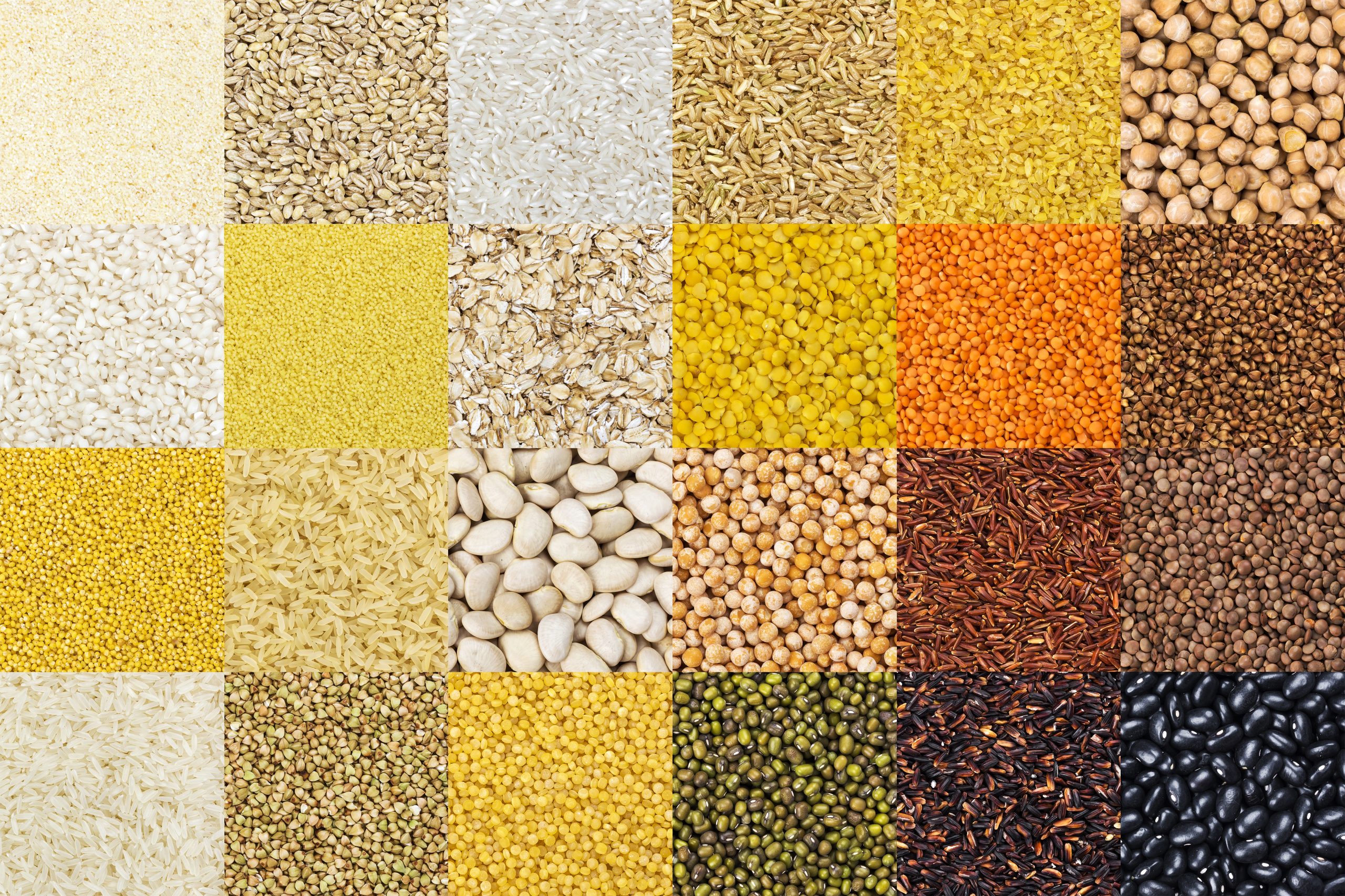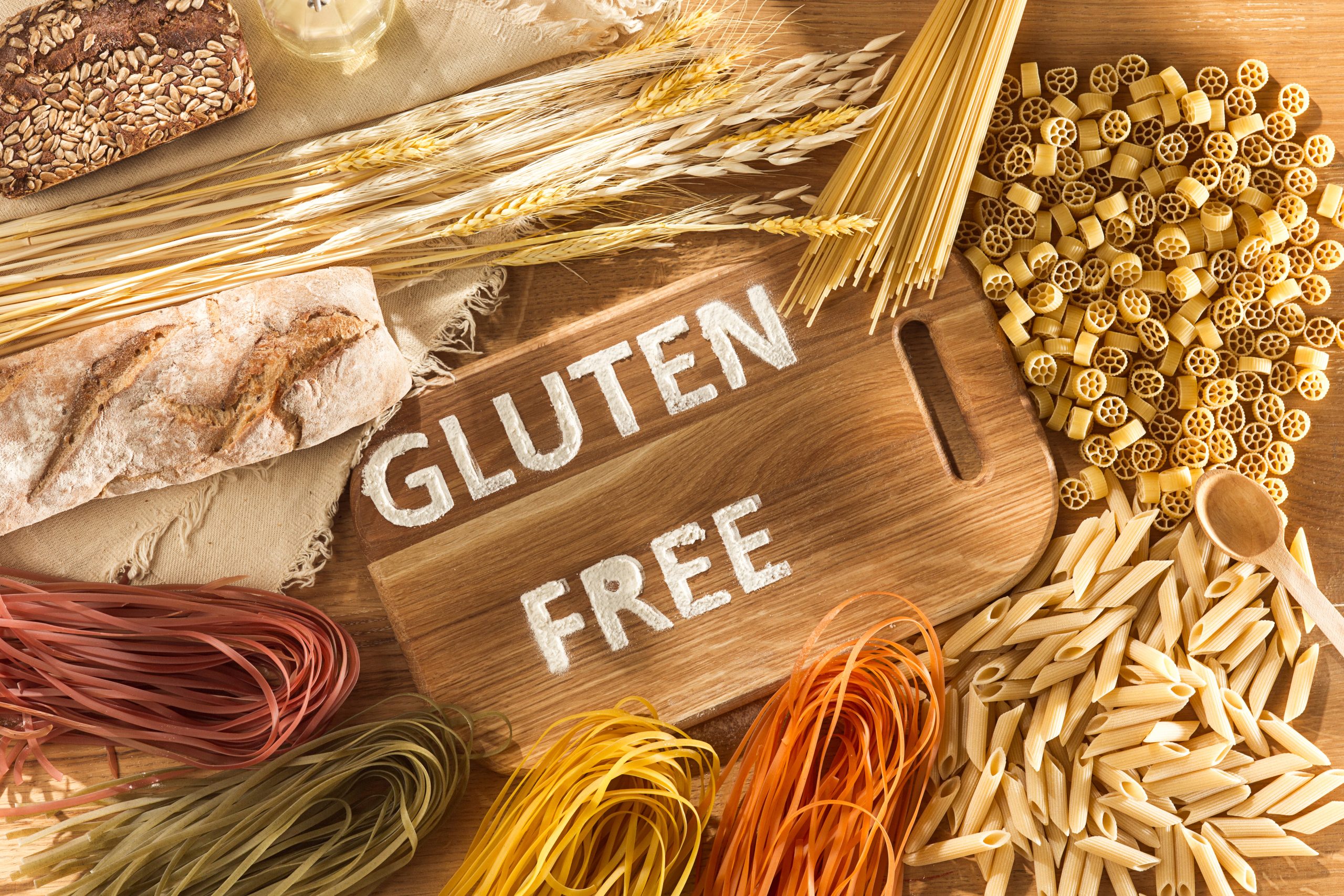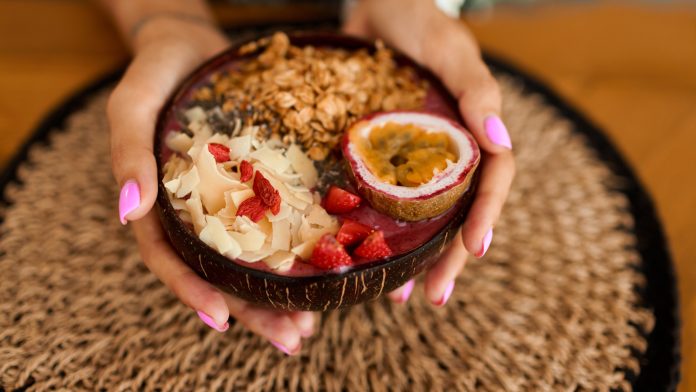Millets are a group of small-seeded grasses that have been cultivated for thousands of years as staple foods in various regions around the world. In India, millets have been a part of traditional diets for centuries and have played an important role in the country’s agriculture and culture. There are several types of millets that are commonly found in India, each with their unique nutritional and culinary properties.

PC: freepik
- Pearl Millet (Bajra): Pearl Millet, also known as Bajra, is the most widely grown type of millet in India. It is a hardy crop that can grow in harsh and arid conditions and is commonly cultivated in Rajasthan, Gujarat, and other western states. Pearl millet is a rich source of protein, dietary fiber, and several essential minerals such as iron, magnesium, and phosphorus. It is used to make flatbreads, porridge, and is a popular ingredient in many regional dishes.
- Foxtail Millet (Kangni): Foxtail millet, also known as Kangni or Thinai, is a small-grained millet that is commonly grown in the southern states of India. It is an excellent source of dietary fiber, protein, and antioxidants. Foxtail millet is gluten-free, making it a popular alternative for people with celiac disease or gluten intolerance. It is used to make various dishes such as upma, khichdi, and idlis.
- Finger Millet (Ragi): Finger millet, also known as Ragi, is a highly nutritious millet that is commonly grown in the southern states of India. It is a rich source of calcium, iron, and other essential minerals, making it an excellent food for children and pregnant women. Finger millet is used to make flatbreads, porridge, Ragi Balls, and a popular drink called Ragi malt.
- Little Millet (Kutki): Little millet, also known as Kutki, is a small-grained millet that is commonly grown in the states of Tamil Nadu, Andhra Pradesh, and Karnataka. It is a rich source of protein, dietary fiber, and essential minerals such as iron, calcium, and phosphorus. Little millet is used to make flatbreads, porridge, and is a popular ingredient in many regional dishes.
- Barnyard Millet (Sanwa): Barnyard millet, also known as Sanwa, is a small-grained millet that is commonly grown in the states of Uttar Pradesh and Bihar. It is a rich source of protein, dietary fiber, and essential minerals such as calcium and phosphorus. Barnyard millet is used to make flatbreads, porridge, and is a popular ingredient in many regional dishes.
- Kodo Millet (Kodra): Kodo millet, also known as Kodra or Varagu, is a small-grained millet that is commonly grown in the states of Tamil Nadu, Andhra Pradesh, and Karnataka. It is a rich source of protein, dietary fiber, and essential minerals such as iron and calcium. Kodo millet is used to make flatbreads, porridge, and is a popular ingredient in many regional dishes.
- Proso Millet (Cheena): Proso millet, also known as Cheena or Barri, is a small-grained millet that is commonly grown in the states of Uttar Pradesh, Bihar, and Madhya Pradesh. It is a rich source of protein, dietary fiber, and essential minerals such as iron and calcium. Proso millet is used to make flatbreads, porridge, and is a popular ingredient in many regional dishes.
Brown Top Millet (Korale): Brown top millet, also known as Korale, is a small-grained millet that is commonly grown in the states of Karnataka, Andhra Pradesh, and Telangana. It is a rich source of protein, dietary fiber, and essential minerals such as iron, calcium, and magnesium. Brown top millet is used to make flatbreads, porridge, and is a popular ingredient in many regional dishes.

PC: Freepik
In recent years, there has been a renewed interest in millets due to their nutritional and ecological benefits. Millets are highly resilient crops that require less water and pesticides than other grains, making them a sustainable choice for farmers and the environment. Additionally, millets are gluten-free and have a low glycaemic index, making them a healthier alternative to refined grains for people with diabetes or other health conditions.
Millets are also versatile in the kitchen, and can be used in a variety of sweet and savoury dishes. They can be boiled, roasted, ground into flour, or used as a rice substitute. Millet flour is commonly used in gluten-free baking, and millet porridge is a popular breakfast dish in many regions of India.
In conclusion, millets are an essential part of Indian cuisine and culture, and there are several types of millets that are commonly grown and consumed in different regions of the country. With their high nutritional value and ecological benefits, millets are a sustainable and healthy choice for farmers, consumers, and the planet.






